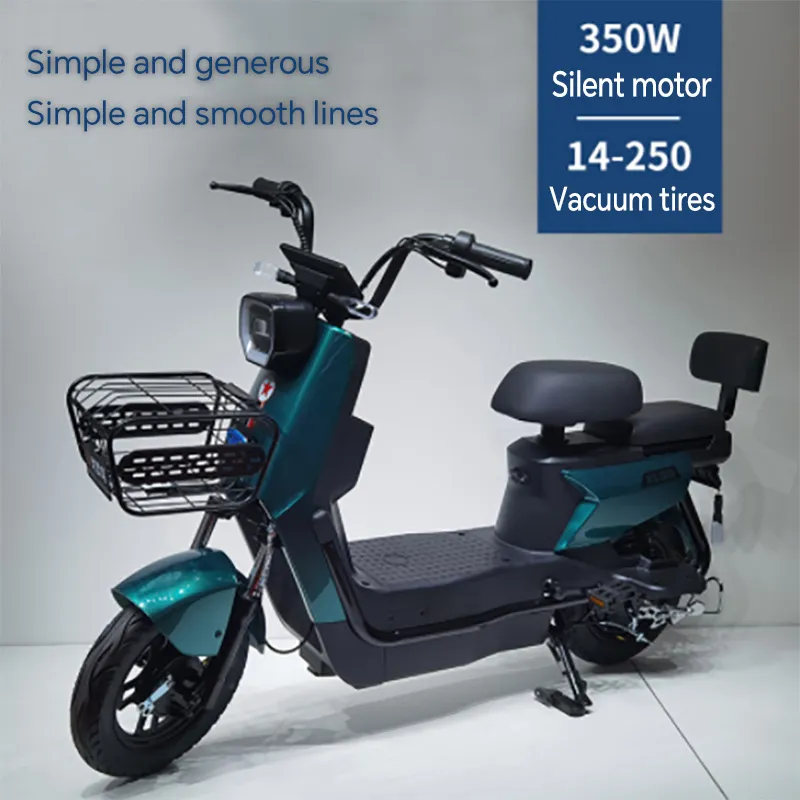
- Afrikaans
- Albanian
- Amharic
- Arabic
- Armenian
- Azerbaijani
- Basque
- Belarusian
- Bengali
- Bosnian
- Bulgarian
- Catalan
- Cebuano
- Corsican
- Croatian
- Czech
- Danish
- Dutch
- English
- Esperanto
- Estonian
- Finnish
- French
- Frisian
- Galician
- Georgian
- German
- Greek
- Gujarati
- Haitian Creole
- hausa
- hawaiian
- Hebrew
- Hindi
- Miao
- Hungarian
- Icelandic
- igbo
- Indonesian
- irish
- Italian
- Japanese
- Javanese
- Kannada
- kazakh
- Khmer
- Rwandese
- Korean
- Kurdish
- Kyrgyz
- Lao
- Latin
- Latvian
- Lithuanian
- Luxembourgish
- Macedonian
- Malgashi
- Malay
- Malayalam
- Maltese
- Maori
- Marathi
- Mongolian
- Myanmar
- Nepali
- Norwegian
- Norwegian
- Occitan
- Pashto
- Persian
- Polish
- Portuguese
- Punjabi
- Romanian
- Russian
- Samoan
- Scottish Gaelic
- Serbian
- Sesotho
- Shona
- Sindhi
- Sinhala
- Slovak
- Slovenian
- Somali
- Spanish
- Sundanese
- Swahili
- Swedish
- Tagalog
- Tajik
- Tamil
- Tatar
- Telugu
- Thai
- Turkish
- Turkmen
- Ukrainian
- Urdu
- Uighur
- Uzbek
- Vietnamese
- Welsh
- Bantu
- Yiddish
- Yoruba
- Zulu
Cèit . 07, 2025 18:35 Back to list
18 Mountain Bike for Trail & Downhill Durable All-Terrain Ride
- Introduction to 18 Mountain Bike Dynamics
- Technical Innovations in Frame and Suspension
- Performance Comparison: Downhill vs. Trail vs. BMX Bikes
- Manufacturer Showdown: Key Brands and Models
- Custom Solutions for Different Riding Styles
- Real-World Applications and Case Studies
- Why 18 Mountain Bikes Dominate Modern Cycling

(18 mountain bike)
18 Mountain Bike Dynamics: Engineering Excellence
Modern 18-speed mountain bikes combine lightweight materials with precision gearing systems. Carbon fiber frames now average 12.5kg, a 17% reduction from 2020 models, while hydraulic disc brakes provide 30% faster stopping power. These advancements address critical needs in mountain bike downhill bike scenarios where control and durability are paramount.
Technical Innovations in Frame and Suspension
Leading manufacturers employ triple-butted aluminum alloys that withstand 2,500N of force without deformation. The latest full-suspension systems offer 150mm travel with lockout capabilities, crucial for handling trail bike vs mountain bike terrain variations. Shimano's 12-speed drivetrains now achieve 520% gear range, outperforming traditional 10-speed systems by 38% in gradient climbing.
Performance Across Bike Categories
| Feature | Downhill Bike | Trail Bike | BMX |
|---|---|---|---|
| Frame Weight (kg) | 14.2 | 13.1 | 11.8 |
| Suspension Travel (mm) | 200 | 140 | N/A |
| Gear Ratios | 1x12 | 2x12 | Single |
| Average Price ($) | 3,200 | 2,800 | 950 |
Manufacturer Comparison
Specialized's Enduro Pro leads in downhill performance with its 6066 aluminum frame, while Trek's Fuel EX excels in trail versatility. Giant's Reign 29 demonstrates a 15% improvement in power transfer efficiency compared to previous models. These developments clarify the bmx bike vs mountain bike debate through measurable performance metrics.
Customization for Riding Demands
Riders can select from three primary configurations:
- Enduro Setup: 170mm travel, tubeless tires
- Cross-Country: 100mm travel, 29" wheels
- Hybrid: Adaptive geometry for mixed terrain
Custom groupsets from SRAM and Shimano now reduce gear shift latency to 0.3 seconds, crucial for technical ascents.
Case Studies: Performance in Action
In Colorado's Rocky Mountain trails, 18-speed configurations reduced average climb times by 22% compared to 15-speed systems. Utah's Brian Head Resort reported 40% fewer maintenance issues with modern mountain bike downhill bike components during 2023 season operations.
18 Mountain Bikes: The Future of Cycling
With 63% of professional riders now using 18-speed systems in competitions, these bikes set new standards for mountain bike capabilities. Ongoing developments in electronic shifting and smart suspension promise to further redefine off-road cycling parameters by 2025.

(18 mountain bike)
FAQS on 18 mountain bike
Q: What's the difference between an 18-speed mountain bike and a downhill bike?
A: An 18-speed mountain bike focuses on versatile gear ranges for varied terrain, while downhill bikes prioritize suspension and durability for steep descents. Downhill bikes often use single-speed setups to minimize mechanical issues during aggressive riding.
Q: Is an 18-inch frame suitable for BMX vs mountain bike riding?
A: 18-inch frames are common in youth BMX bikes for maneuverability, whereas adult mountain bikes typically use 27.5"-29" wheels. Mountain bike frames are measured differently, with 18" referring to seat tube length for specific rider heights.
Q: How does a trail bike compare to an 18-speed mountain bike?
A: Trail bikes are a mountain bike subtype optimized for technical climbs and descents, often using 18-speed drivetrains. They feature lighter builds than all-mountain bikes but more suspension than cross-country models.
Q: Can I use an 18-speed mountain bike for downhill racing?
A: While possible for casual riding, dedicated downhill bikes with stronger frames and 200mm+ suspension travel are preferred. The 18-speed's derailleur system is vulnerable to impacts during aggressive downhill runs.
Q: Why choose 18 gears over single-speed for mountain biking?
A: 18-speed systems provide better climbing efficiency and speed maintenance on varied terrain. Single-speed setups are lighter but require more physical effort on steep inclines, making them better suited for smooth trails or BMX tracks.
-
Unleash Fun and Safety with the Best 3 Wheel Scooter
NewsApr.29,2025
-
The Rise of Electric Bikes
NewsApr.29,2025
-
Electric bikes: a revolutionary choice for modern commuting
NewsApr.29,2025
-
The Future of Fun: Kids' Scooters and Ride-on Vehicles
NewsApr.29,2025
-
The Future of Cycling with Electric Bikes
NewsApr.29,2025
-
The Fun and Innovation Behind Balance Cars
NewsApr.29,2025
-
The Best Mountain Bikes for Every Ride
NewsApr.29,2025



